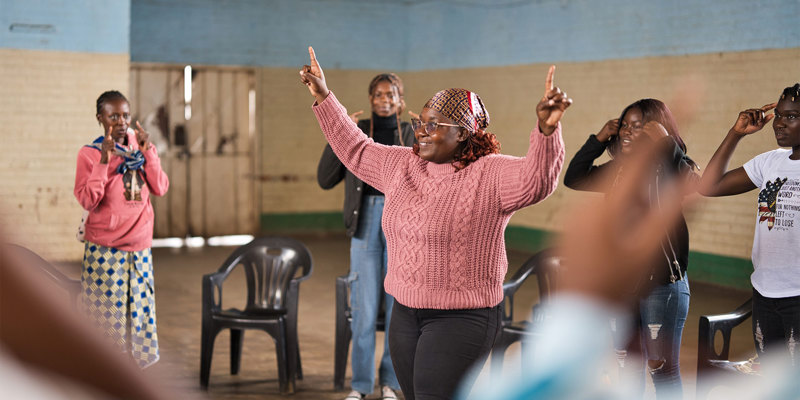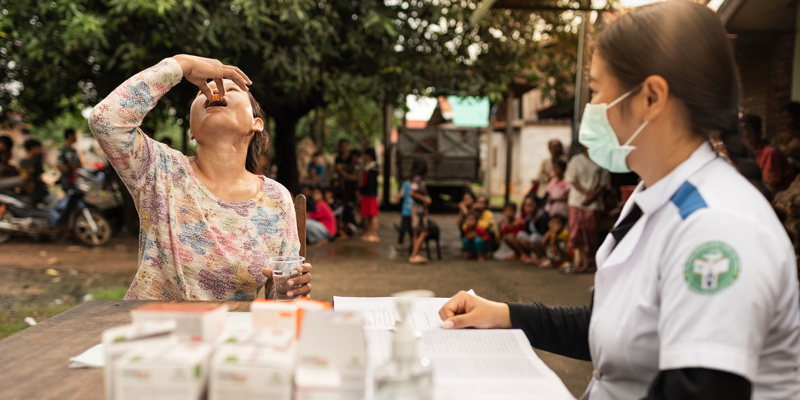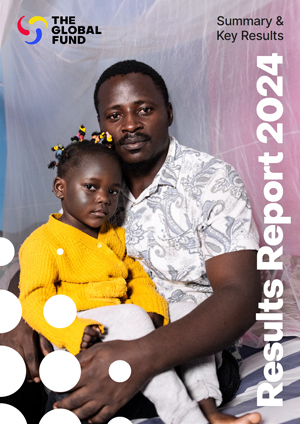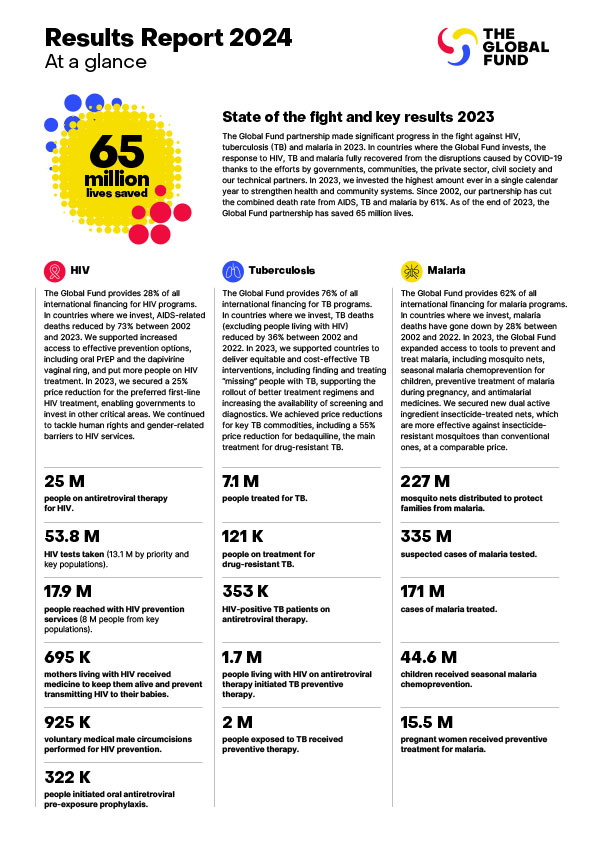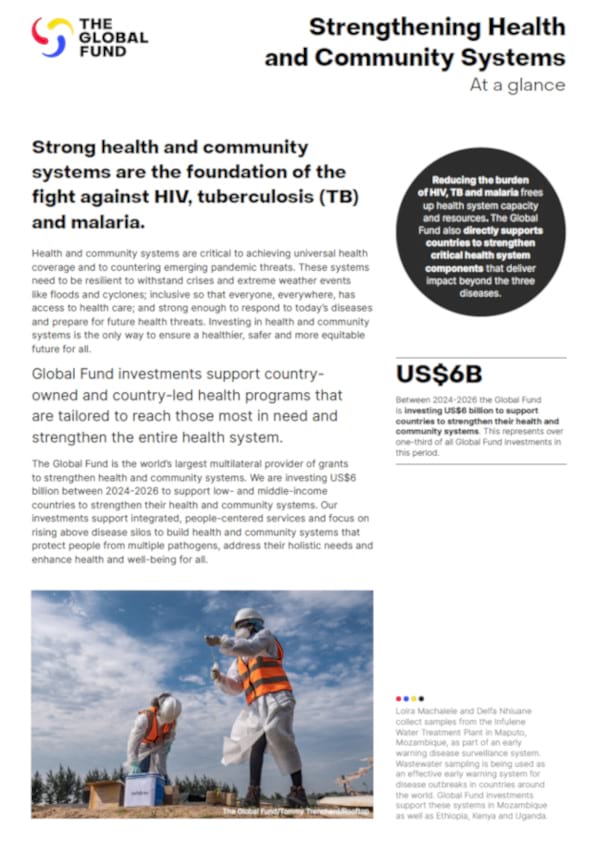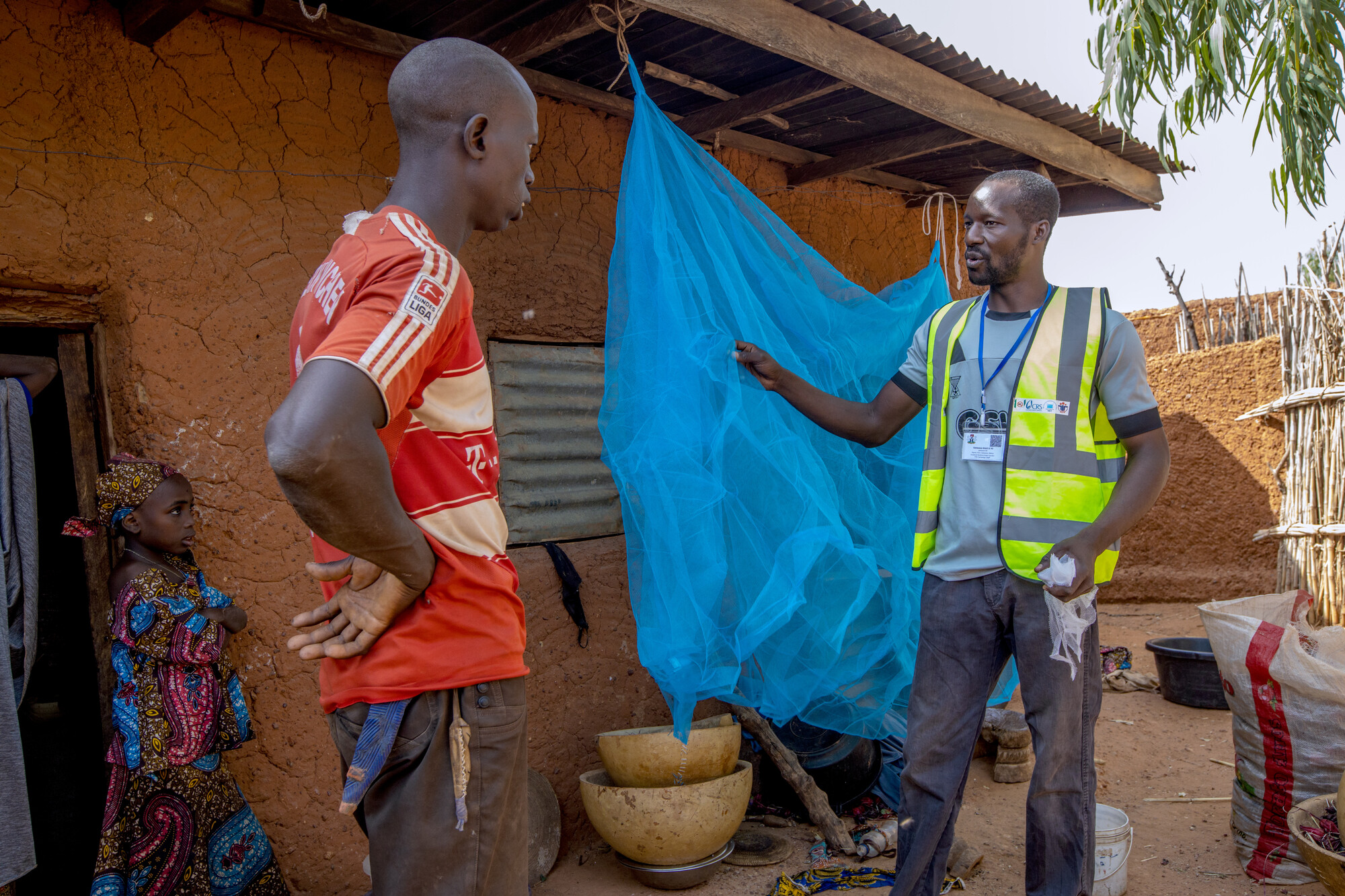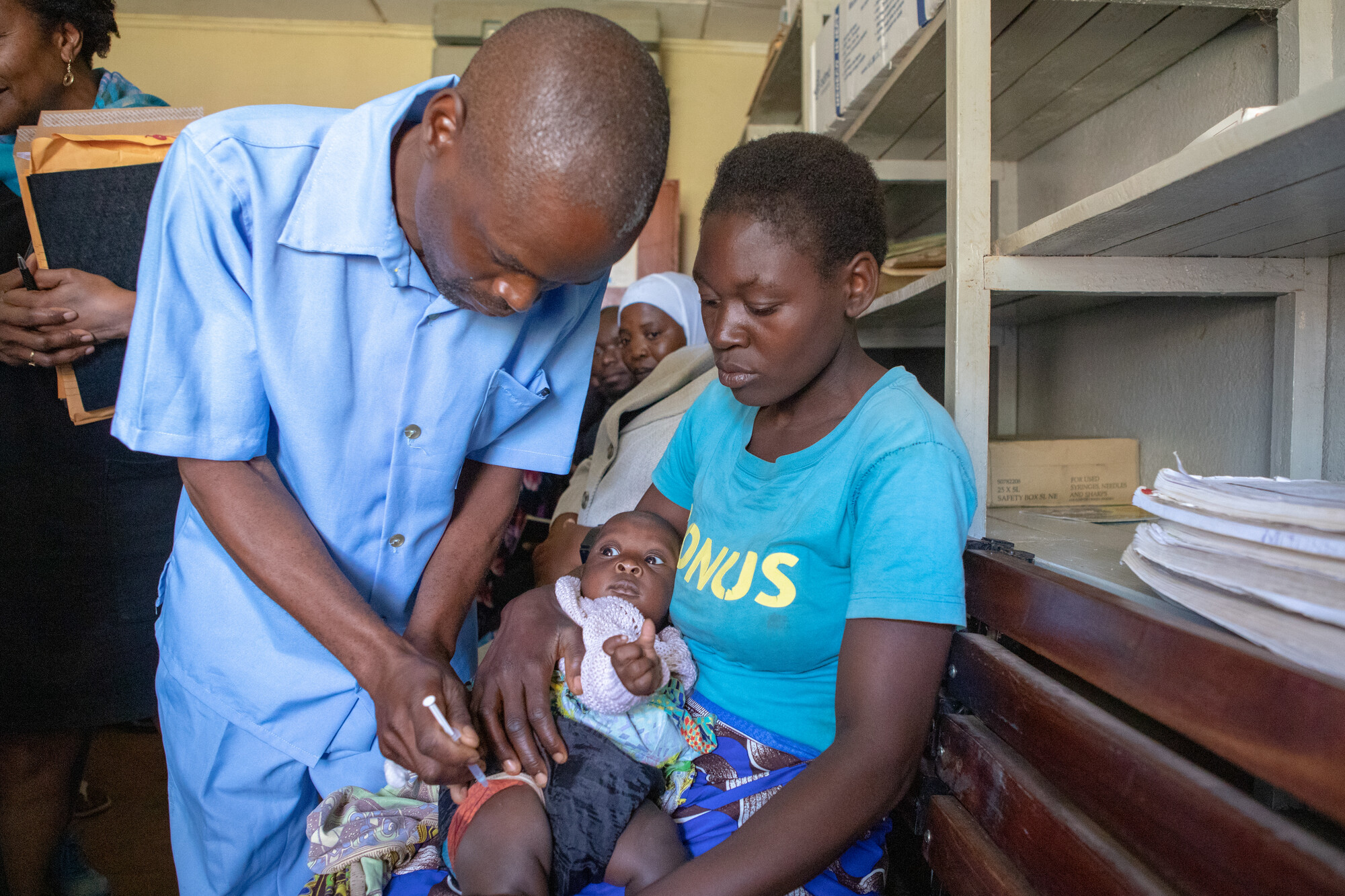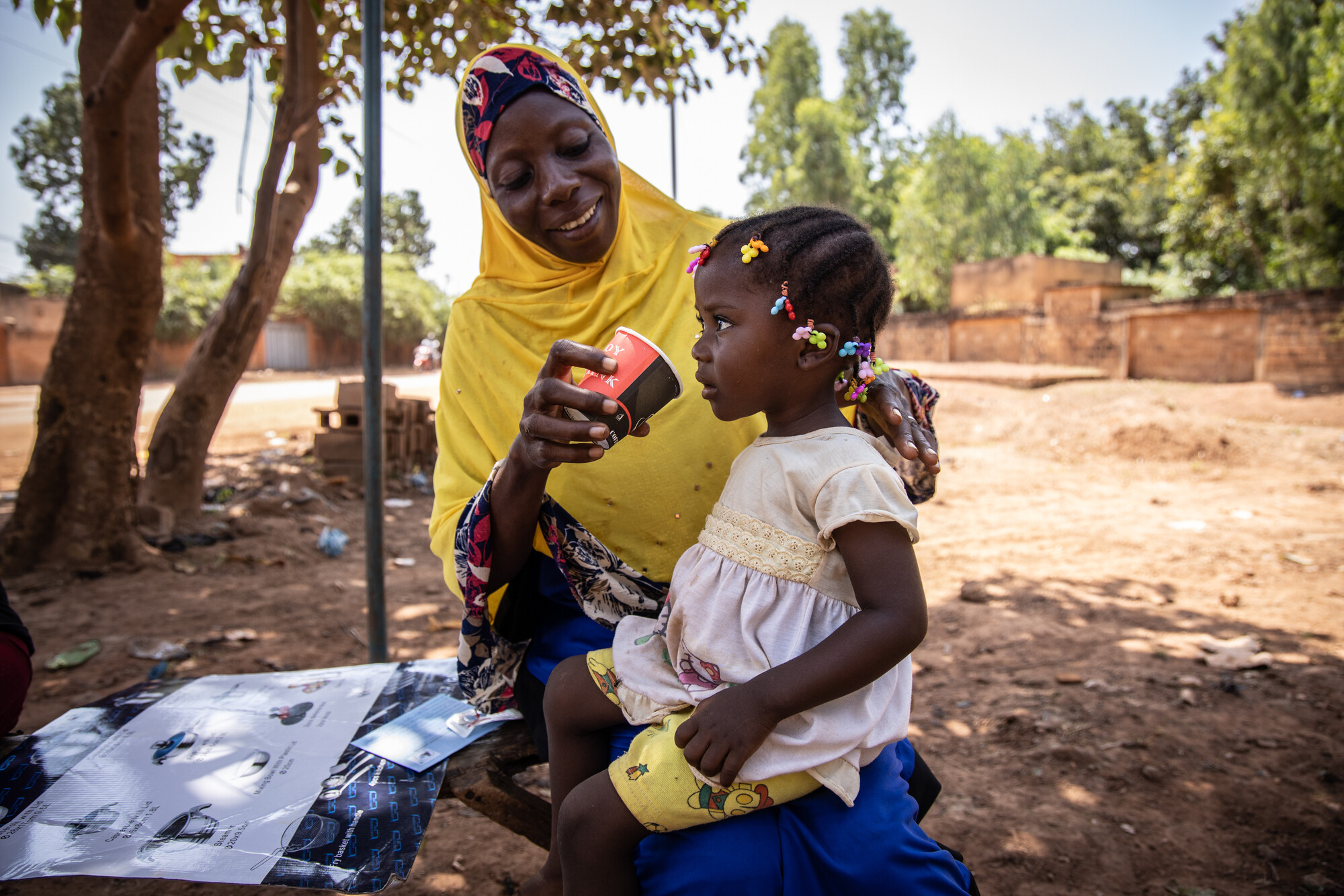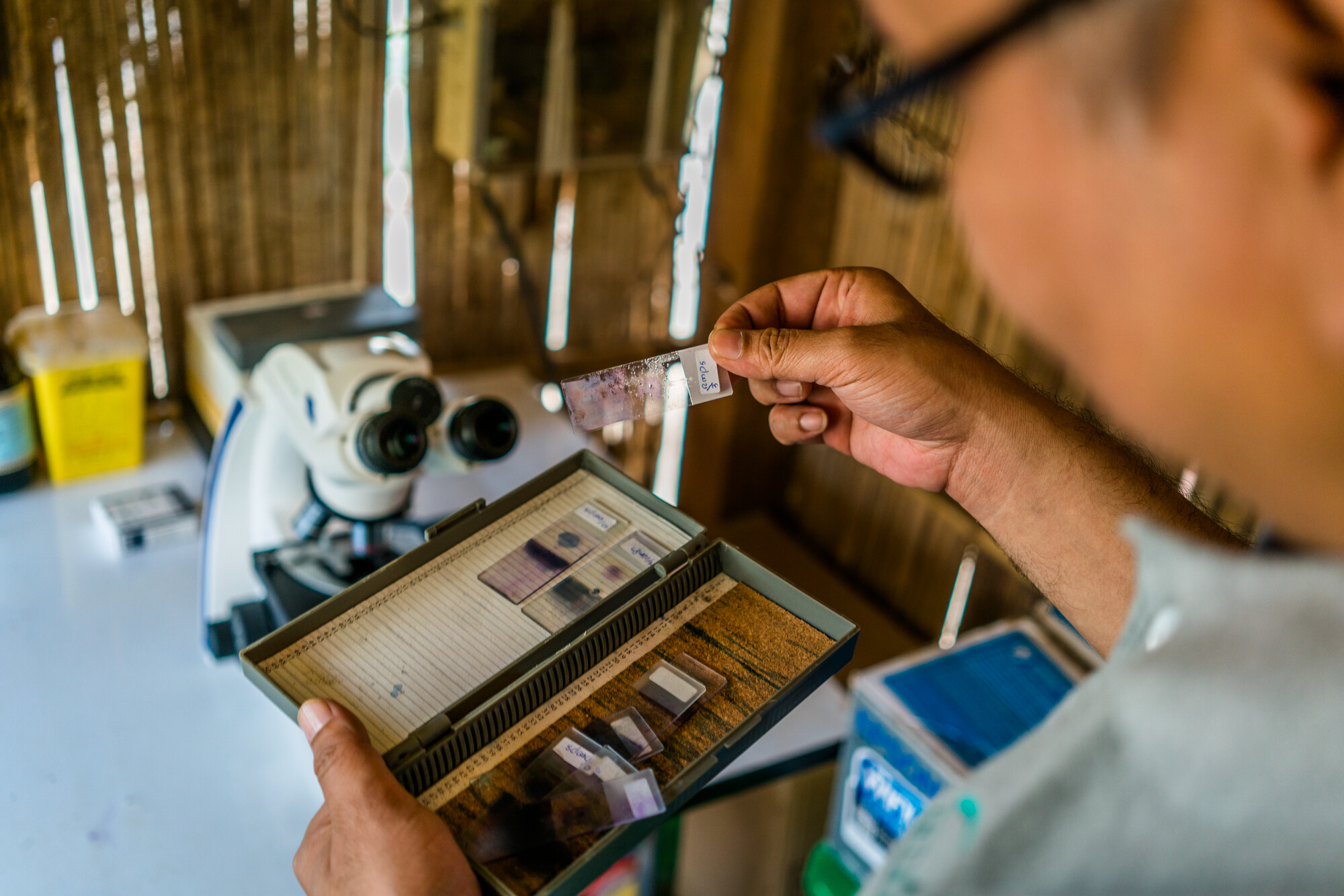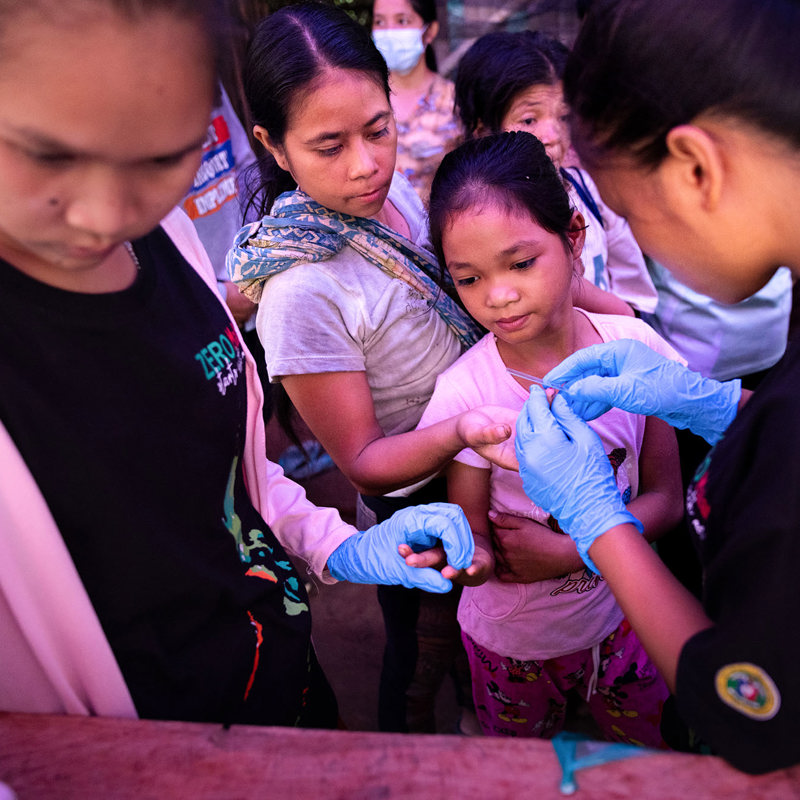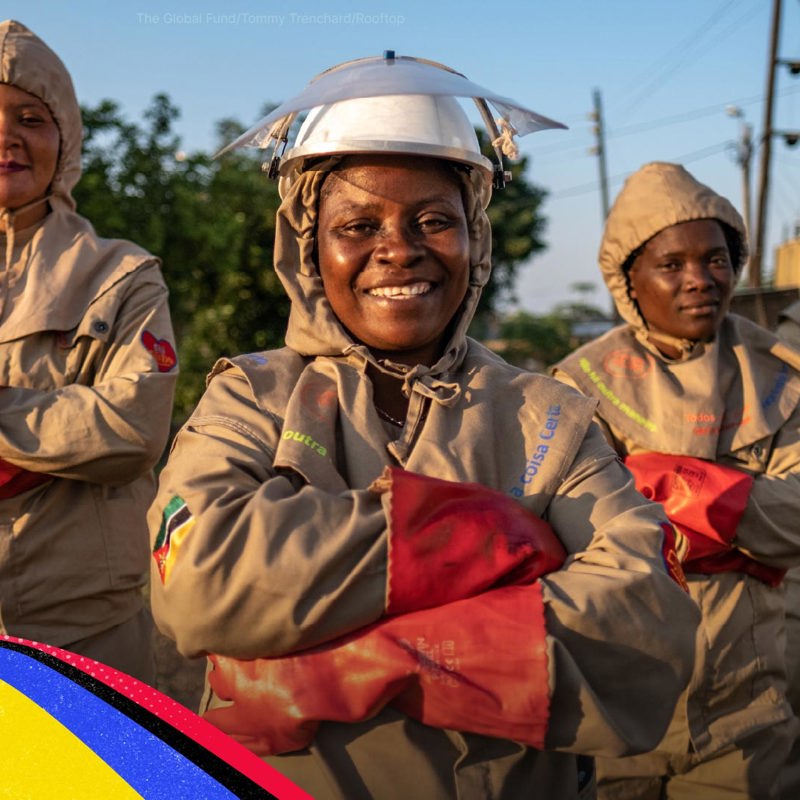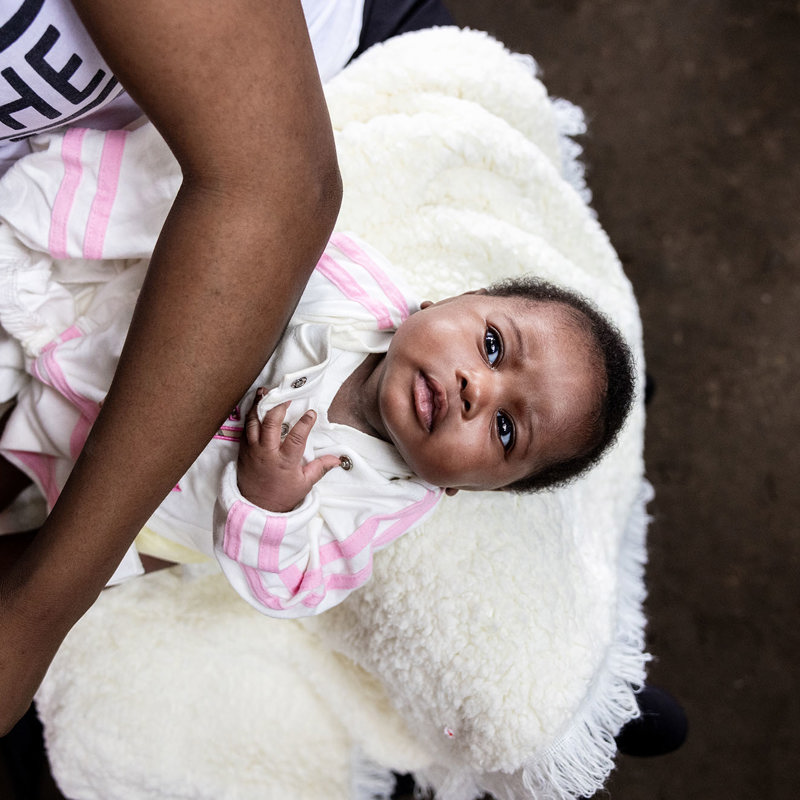The Challenge
The fight against malaria is one of humanity’s most significant public health successes. Great progress was made in malaria control over the last two decades, resulting in a reduction in overall cases and deaths. But drug and insecticide resistance are increasing, and climate change is pushing malaria transmission into new regions.
In 2022, there were 249 million cases of malaria – 94% of them in sub-Saharan Africa – and 608,000 malaria deaths worldwide. Of those deaths, 76% were children under 5.
More than ever before, the Global Fund needs to support countries in their efforts to revitalize and sustain the fight against malaria. We must strive to provide better and more equitable access to all health services, vastly increase funding for malaria programs, invest in new approaches and innovations and improve use of existing tools. If we do not increase investment in fighting malaria, we must accept that we are effectively abandoning the 2030 goal to end the disease as a public health threat.
Malaria by the Numbers
Funding
- The Global Fund provides 62% of all international financing for malaria programs.
- We have invested more than US$19.1 billion in malaria control programs as of June 2024.
Testing and Treatment
- 335 million suspected cases of malaria tested in 2022.
- 171 million cases of malaria treated in 2022.
Prevention
- 227 million mosquito nets distributed to protect families from malaria in 2023.
- 7.9 million structures covered by indoor residual spraying in 2022.
- 44.6 million children covered by seasonal malaria chemoprevention in 2022.
- 15.5 million pregnant women received preventive therapy for malaria in 2022.
